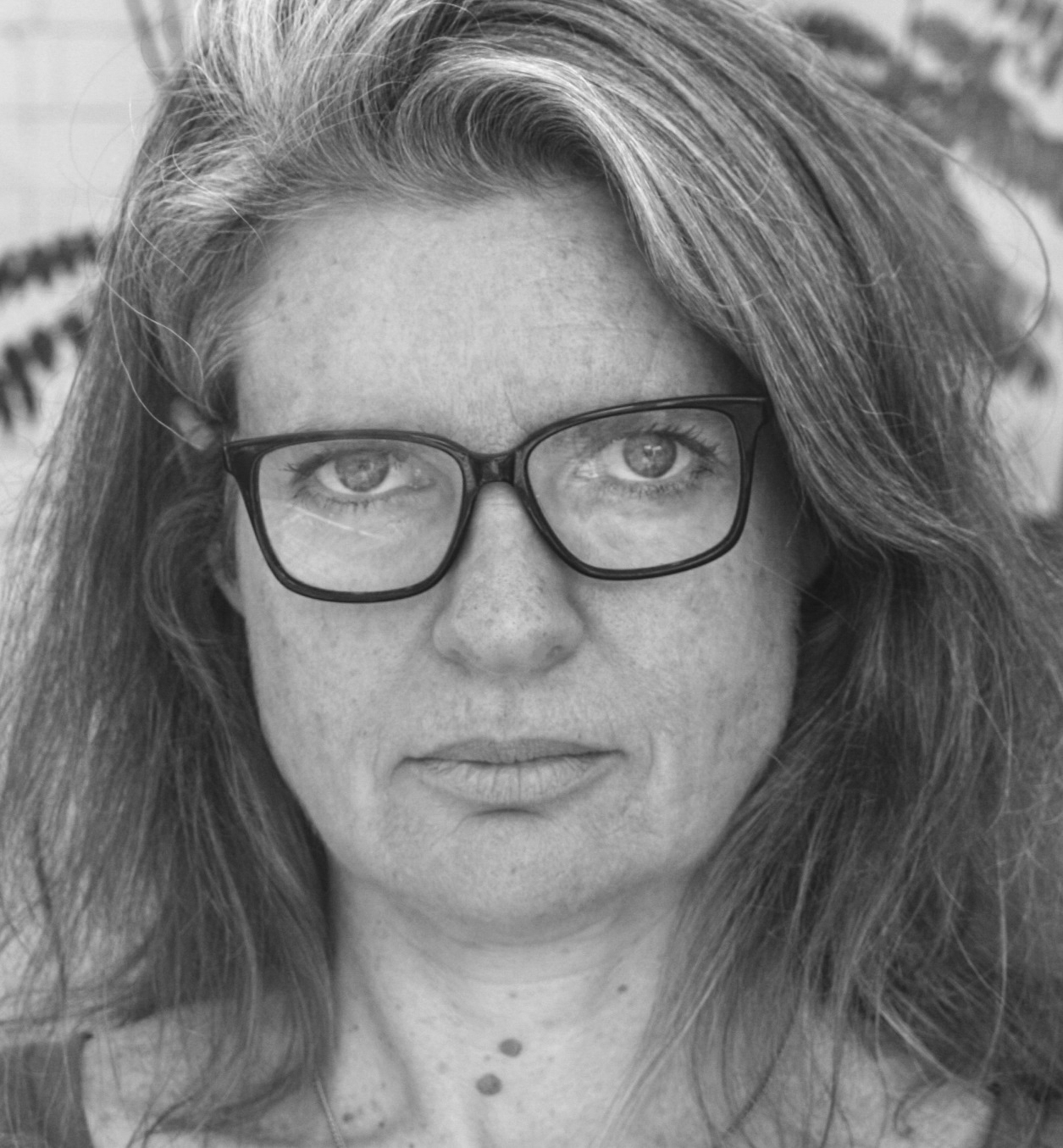Elizabeth Pulie
Sydney
2017
Displayed 2017 at Museum of Contemporary Art Australia

Elizabeth Pulie
Born 1968, Sydney. Lives and works Sydney
Elizabeth Pulie practices within the antagonisms of art in the current moment, where modernism’s reflexive, self-critical project via the object is over yet art practice and production remain. Simultaneously engaged in studio and theoretical work, she aims to embody the separation of art as concept from its object in a view of practice as performative. The objects of Pulie’s practice – currently involving painting, weaving, collage and embroidery – represent the contemporary’s sense of freedom, self-expression and an infinity of form, while she makes an antithetical ‘end of art’ statement in her theoretical project via research, writing and presentations.
Artist text
by Jacqueline Millner
Elizabeth Pulie has been exploring the possibilities of painting throughout her career, questioning received ideas but maintaining a commitment to the medium as faddish notions came and went. Her practice may be grounded in the modernist project – which valorised painting with the agency to change the world – but it is clued-up about, and imaginatively responsive to, everything that has come in the wake of modernism’s crisis. How do you paint when painting has been declared dead, in a way that is neither cynical nor naïve?
As one answer to this question Pulie has embraced the idea of ‘the end of art’ that emerged some decades ago to capture the sense that art’s modernist mission was no longer possible, let alone legitimate. Yet, rather than seeing this end as a cause for mourning, Pulie takes it as a given. This grants her licence to explore new ways of making while still anchored to the critical traditions of the medium, for Pulie is uneasy with the ‘post-critical’ discourse of much contemporary art, in particular painting.
As signalled by her decision to consecutively number each work she makes, Pulie conceives of her practice as an overarching project, one that explores what it means to paint right here, right now. In recent works she has experimented with craft materials and processes traditionally associated with amateur or domestic artefacts, but also strongly evocative of feminist critiques of the precious modernist art object and its surrounding narratives of genius, uniqueness and purity.
Hessian, in particular, has challenged Pulie to develop novel approaches to painting. A cheap and utilitarian material, its rough surface resists conventionally applied pigment and absorbs colour to the point of dullness. Pulie was guided by these ‘limitations’ to create marks and forms in different ways, such as by removing threads through ‘subtractive weaving’ and adding colour, line and texture not only with pigment but with cotton or wool, stamps and cane or metal rings. The resulting works occupy a charged and ambiguous space between functional objects – bedspreads, curtains, rugs or clothing – hobby craft, with its sources in personal stories and family histories, and modernist painting.
In the 2016 works #62 (Josie II), #66 (Void) and #67 (Cape for my Guru) (2017) Pulie explores how modernist imperatives, such as ‘truth to materials’ and ‘medium specificity’, have equivalences in personal experience. The artist weaves childhood memories and dream visions, and their powerful affective states embedded in particular materials, with formal and conceptual questions about painting. As a result, these works embody the continuity between creative projects and life processes, although in a way that does not foreground personal expression. This is a difficult and significant balancing act that Pulie achieves through observing an ethics of rigorous self-reflection. The artist is not content to resign herself to practising in a freewheeling post-critical, post-medium condition; she remains sceptical of the caprices of fashionable art that currently equate ‘criticality’ with ‘social practice’. Instead, Pulie continues to mine modernism, both for its insights and its dead ends, using these as a springboard for making art about contemporary painting and contemporary life as an artist.


